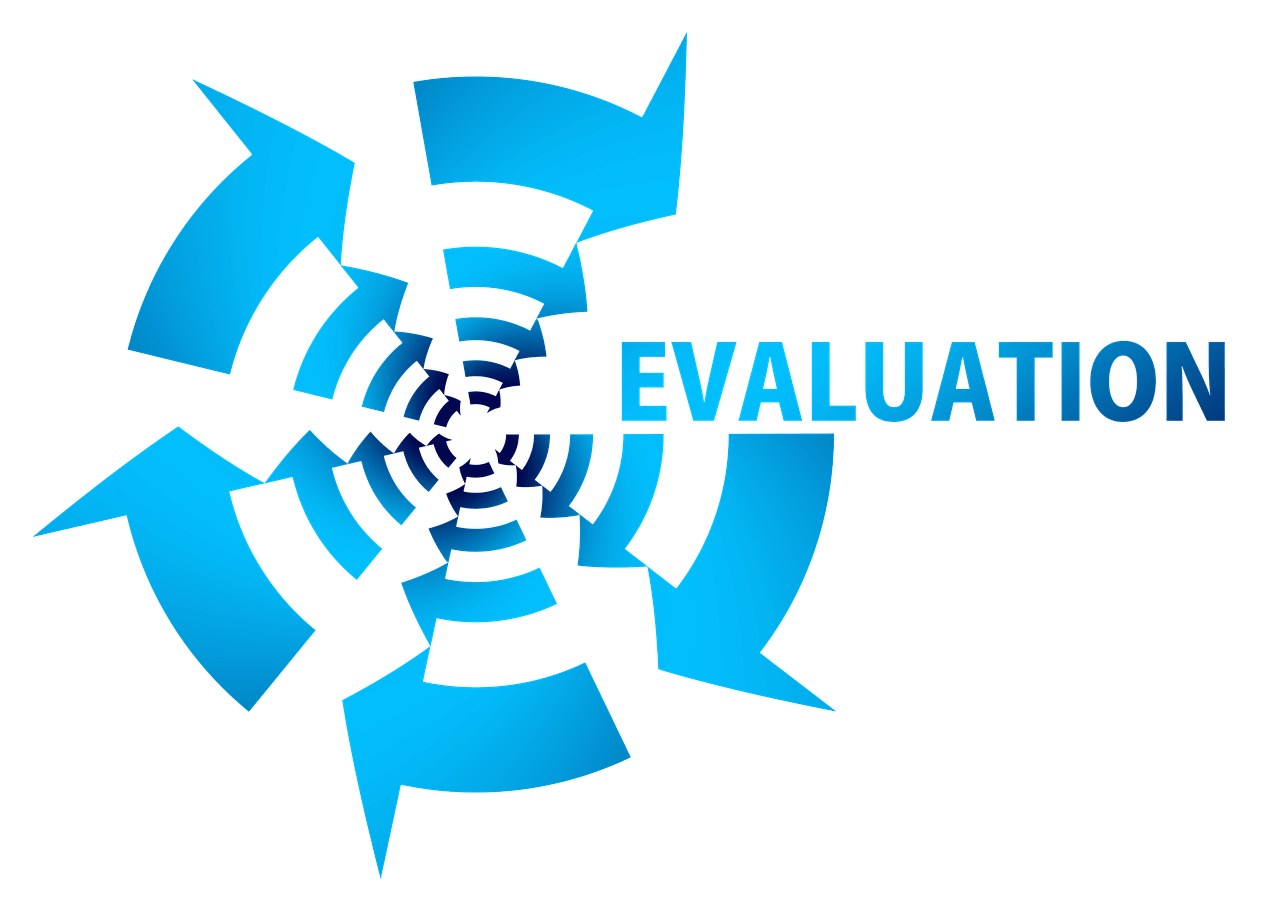A recent email described changes to the structure/function of the different departments in an organization’s development office, noted that a development office should function on the basis of “what’s best for the donor,” and asked that I comment (approve/disapprove) of what was described. I responded….
I understand/accept that the structure/functioning of your organization’s development operation is not the best, but if you’re asking me to comment on that structure and how it functions, I can’t.
For the audits of nonprofit development operations that I’ve done, I’ve had to be there, make the observations and do the interviews, to be able to suggest what if anything was wrong and how to correct it.
I’d be a fool to suggest changes in an operation with which I’ve had no substantive relationship.
Regarding your reference to a development office functioning on the basis of “what’s best for the donor,” that’s not exactly the optimum perspective for a development operation.
Of course an ideal development operation must take the needs of its donors into consideration … and do what it can to satisfy those needs. I have always emphasized that development (the building and maintaining of relationships aspect of the process) is about the needs of the donor.
Not everything in a development operation is about “what’s best for the donor.” Some things have to be about what’s best for the development operation and the nonprofit that it serves.
Determining what’s best for the development operation requires serious research and (sometimes) trial-and-error. And, no one (in this case, meaning me) can make a judgment about such an operation without that live-on-site research….
And, btw, there is no one-system-fits-all development organization. What works for one nonprofit may-or-may-not work for another.
=-=-=-=-=-=-=-=-=-=-=-=-=-=
Have you heard about
The Fundraising Series of ebooks?
They’re easy to read, to the point, and inexpensive ($1.99-$4.99)
=-=-=-=-=-=-=-=-=-=-=-=-=-=
Have a comment or a question about starting, evaluating
or expanding your fundraising program?
AskHank
=-=-=-=-=-=-=-=-=-=-=-=-=-=
We’ve been posting these pieces for the last five years,
and we’re now at a point where, to keep this resource alive,
we need your questions/problems to engender further discussion.
Look forward to hearing from you.
Comments & Questions
=-=-=-=-=-=-=-=-=-=-=-=-=-=
If you’re reading this on-line, and would like to comment/expand on the above piece, or would just like to offer your thoughts on the subject of this posting, we encourage you to “Leave a Reply.” If you’re reading this as an email, and you want to comment on the above piece, email Comments to offer your thoughts. Your comments, with appropriate attribution, could be the basis of a new posting.










